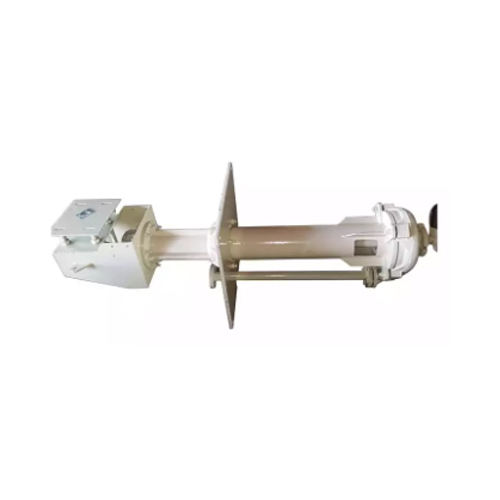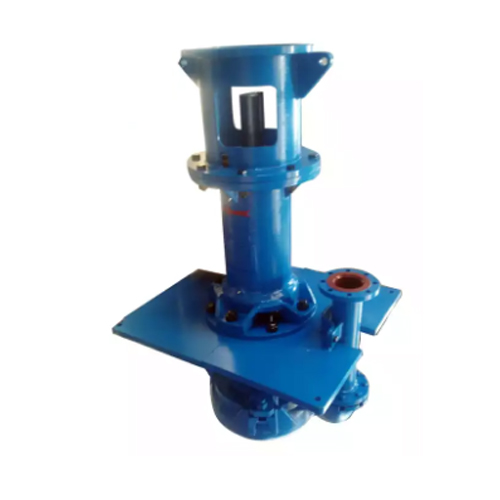- Shifo Industrial Zone, Anguo City, Hebei Province,China
- +8618831216699
sale@nlpumps.com

Enhancing Efficiency and Reliability-The Art of Slurry Pump Design

Introduction:
In numerous industries such as mining, construction, and wastewater treatment, the efficient handling of abrasive and viscous slurries is a critical challenge. Slurry pumps play a pivotal role in these applications, as they are designed to transport solid-liquid mixtures with high concentration and abrasive properties. This article delves into the fascinating world of slurry pump design, exploring key considerations and innovations that contribute to enhanced efficiency and reliability in the handling of slurries.
Understanding Slurry Pump Basics:
Before delving into the design intricacies, it is essential to comprehend the fundamental principles of slurry pumps. These pumps are engineered to handle a wide range of slurries containing solid particles suspended in a liquid medium. They consist of various components, including impellers, volutes, casings, and shaft seals, all of which play a crucial role in the pump's performance and durability.
Hydraulic Design:
Efficient hydraulic design is a cornerstone of slurry pump performance. The impeller, a vital component, converts mechanical energy into fluid flow and is responsible for imparting velocity and pressure to the slurry. Designing the impeller with the appropriate blade shape, size, and curvature is crucial to ensure optimal efficiency and minimize wear. Additionally, volute and casing designs are tailored to minimize energy losses and provide a smooth flow path, reducing turbulence and erosion within the pump.
Material Selection:
The abrasive nature of slurries poses significant challenges to slurry pump durability. Materials selection is a critical consideration to ensure prolonged pump life and reduced maintenance requirements. High-grade alloys, such as hardened iron, high-chrome white iron, or duplex stainless steels, are often employed to withstand the erosive and corrosive effects of abrasive slurries. The careful selection of materials that balance hardness, toughness, and resistance to abrasion is vital to achieve the desired performance and longevity.
Shaft Sealing and Bearing Systems:
Proper sealing and bearing systems are essential to prevent slurry leakage and ensure reliable operation. Mechanical seals or gland packing systems are commonly employed to seal the shaft against slurry penetration. Advanced sealing technologies, such as double mechanical seals with flush plans or cartridge seals, offer enhanced sealing efficiency, reduced leakage, and increased reliability. Additionally, robust bearing systems with adequate lubrication mechanisms are crucial to support heavy loads and protect the pump's rotating components.
Innovative Approaches:
Advancements in slurry pump design continue to drive efficiency and reliability improvements. Several innovative techniques and features have emerged to tackle the challenges associated with slurry pumping. These include the implementation of computational fluid dynamics (CFD) simulations for hydraulic optimization, the use of wear-resistant coatings to extend component life, and the incorporation of smart monitoring systems for real-time performance tracking and predictive maintenance.
Maintenance and Operational Considerations:
Regular maintenance and proper operational practices significantly impact the longevity and efficiency of slurry pumps. Routine inspections, monitoring wear rates, and promptly addressing any deviations or issues are crucial to prevent major failures and costly downtime. Operators should also be well-versed in the pump's performance characteristics, operating limits, and safety protocols.
Conclusion:
Slurry pump design is a multifaceted discipline that requires a deep understanding of fluid dynamics, materials science, and mechanical engineering principles. By prioritizing hydraulic design, suitable material selection, effective sealing mechanisms, and innovative approaches, engineers can create robust and reliable slurry pumps capable of efficiently handling abrasive slurries. Continuous advancements in design and maintenance practices will pave the way for enhanced efficiency, reduced downtime, and improved productivity in various industries that rely on slurry pump systems.
